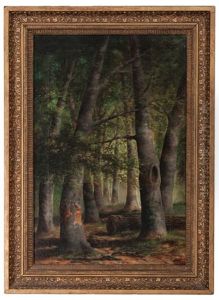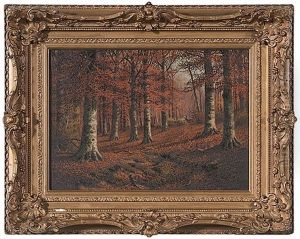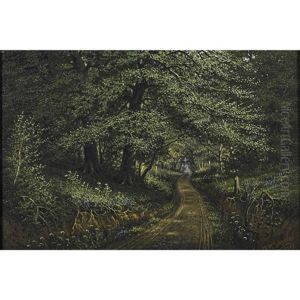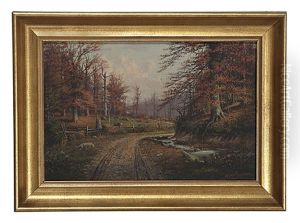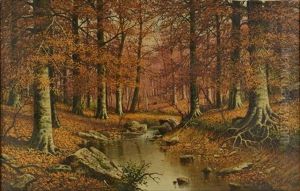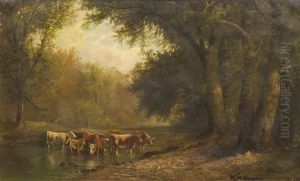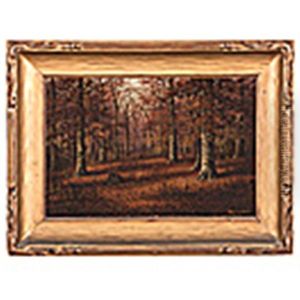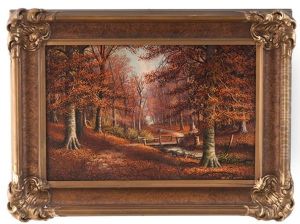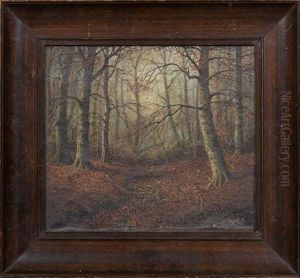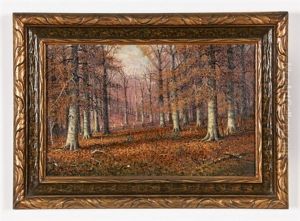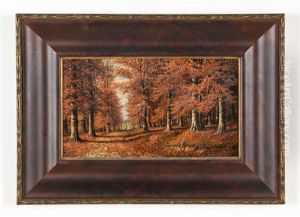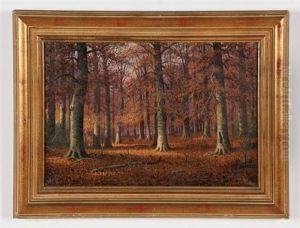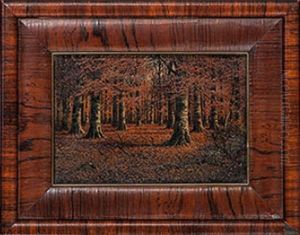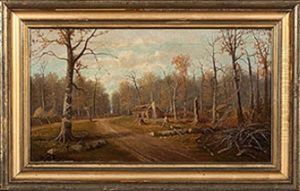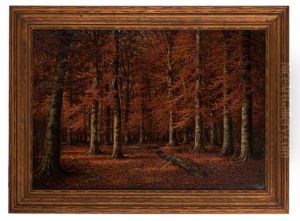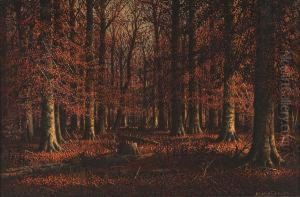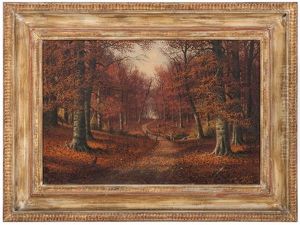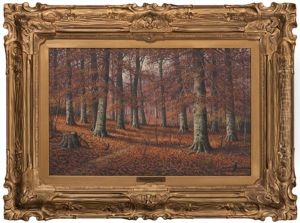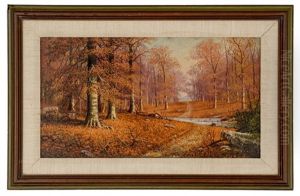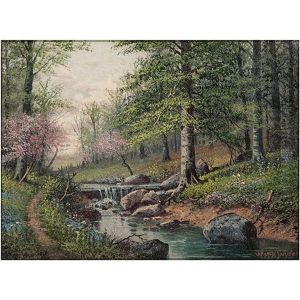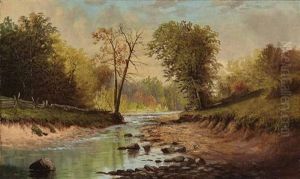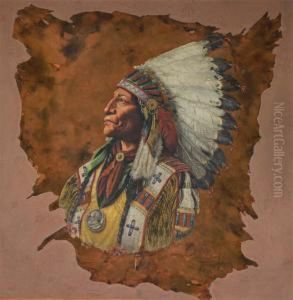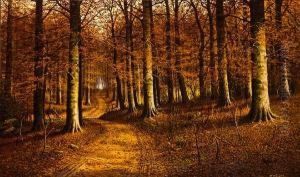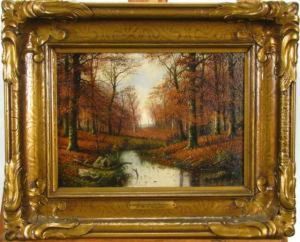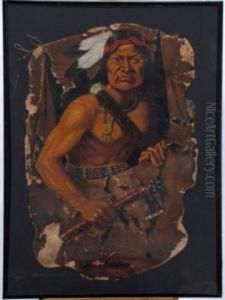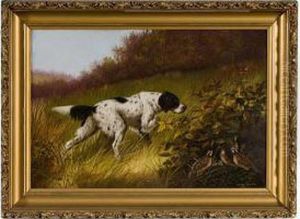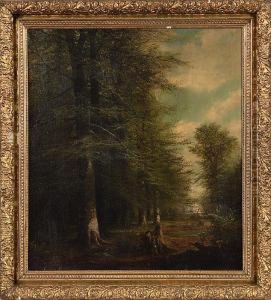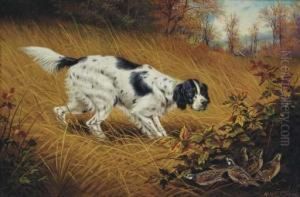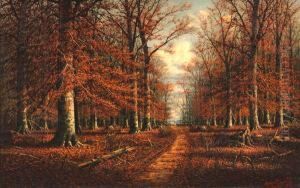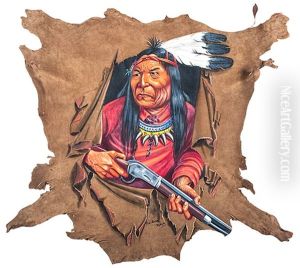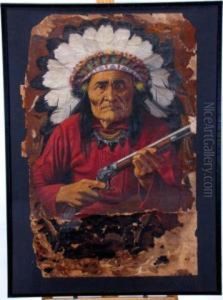William Mckendree Snyder Paintings
William McKendree Snyder was an American painter known for his landscapes and works that capture the essence of the Midwestern United States, particularly scenes of the Indiana woods. Born on September 20, 1848, in Liberty, Indiana, Snyder developed a deep appreciation for nature at an early age, which would become the central theme of his artistic work.
Snyder's interest in art was evident from his childhood, but it was after serving in the Civil War that he pursued painting more seriously. He studied under various artists, including the notable Hudson River School painter Albert Bierstadt, who was known for his large-scale landscapes. Bierstadt's influence on Snyder is evident in the latter's meticulous attention to detail and the grandeur he imparted to his forest scenes.
After his studies, Snyder returned to Indiana and began to focus on painting the local scenery. He became particularly fascinated with the forests of Brown County, which would later become a haven for American Impressionist painters. Snyder's works from this period are characterized by a sense of tranquility and the use of light to convey the changing moods of the forest interiors. His paintings often featured beech trees, a motif that became synonymous with his work, earning him the nickname 'Beech Tree Snyder.'
Throughout his lifetime, Snyder experienced fluctuating periods of success and hardship. Despite the challenges, he continued to paint and exhibit his work. His paintings were exhibited at the Hoosier Salon, where Indiana artists showcased their work, and he gained a reputation as one of the preeminent painters of the Indiana landscape.
William McKendree Snyder passed away on October 29, 1930, in Madison, Indiana. His legacy lives on through his contribution to the rich tradition of American landscape painting, and his works are considered an integral part of Indiana's cultural heritage. They can be found in various art collections and museums, serving as a testament to Snyder's love for the natural beauty of his home state.
